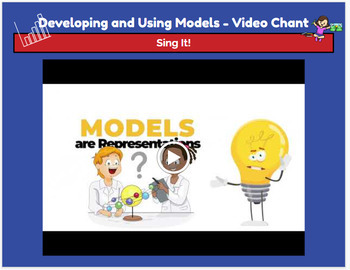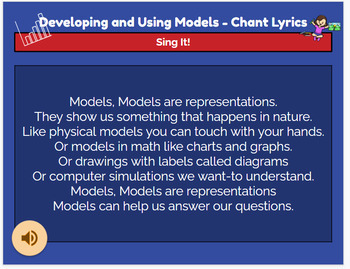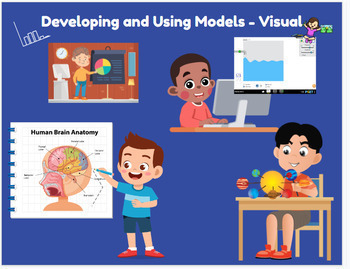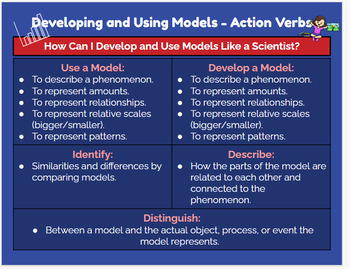K-2 NGSS Science Literacy Tool - Help Students Become Scientists and Engineers!
Elementary Scientists
1 Follower
Grade Levels
PreK - 2nd
Subjects
Resource Type
Standards
NGSSK-2-ETS1-2
NGSSK-PS3-1
NGSS1-ESS1-1
NGSSK-2-ETS1-3
NGSS1-LS1-1
Formats Included
- Google Slides™
Pages
61 pages
Elementary Scientists
1 Follower

Made for Google Drive™
This resource can be used by students on Google Drive or Google Classroom. To access this resource, you’ll need to allow TPT to add it to your Google Drive. See our FAQ and Privacy Policy for more information.
Description
Looking for ways to help students take on the role of scientists and engineers in the classroom? This tool helps make the Science and Engineering Practices (SEPs) and Crosscutting Concepts (CCCs) of the Next Generation Science Standards (NGSS) EXPLICIT for students.
I am a PK-12 Science Curriculum specialist that has developed these resources at no cost to teachers. Many of these resources link to my YouTube channel, Elementary Scientists. If you find these resources helpful, please support the channel by liking and subscribing! :)
Free Resources Included:
- Two videos and chants to kick of a science lesson or unit - putting students in the role of scientists or engineers in the classroom
- Resources for all 8 Science and Engineering Practices (SEPs)
- Including: Asking Questions, Developing and Using Models, Planning and Carrying Out Investigations, Analyzing and Interpreting Data, Using Math, Constructing Explanations, Engaging in Argument from Evidence, Obtaining, Evaluating, and Communicating Information
- Each SEP has a video chant, audio/lyrics chant, visual, and a list of action verbs to write your targets and objectives
- Resources for all 7 Crosscutting Concepts (CCCs)
- Including: Patterns, Cause and Effect, Scale, Systems, Matter, Structure and Function, Stability and Change
- Each CCC has a video chant, audio/lyrics chant, and a list of questions to ask.
- This section is still a work in progress, but you will have links to access all the latest materials within the resource.
- Resources to help facilitate science talk in the classroom.
Total Pages
61 pages
Answer Key
N/A
Teaching Duration
N/A
Report this resource to TPT
Reported resources will be reviewed by our team. Report this resource to let us know if this resource violates TPT’s content guidelines.
Standards
to see state-specific standards (only available in the US).
NGSSK-2-ETS1-2
Develop a simple sketch, drawing, or physical model to illustrate how the shape of an object helps it function as needed to solve a given problem.
NGSSK-PS3-1
Make observations to determine the effect of sunlight on Earth's surface. Examples of Earth's surface could include sand, soil, rocks, and water. Assessment of temperature is limited to relative measures such as warmer/cooler.
NGSS1-ESS1-1
Use observations of the sun, moon, and stars to describe patterns that can be predicted. Examples of patterns could include that the sun and moon appear to rise in one part of the sky, move across the sky, and set; and stars other than our sun are visible at night but not during the day. Assessment of star patterns is limited to stars being seen at night and not during the day.
NGSSK-2-ETS1-3
Analyze data from tests of two objects designed to solve the same problem to compare the strengths and weaknesses of how each performs.
NGSS1-LS1-1
Use materials to design a solution to a human problem by mimicking how plants and/or animals use their external parts to help them survive, grow, and meet their needs. Examples of human problems that can be solved by mimicking plant or animal solutions could include designing clothing or equipment to protect bicyclists by mimicking turtle shells, acorn shells, and animal scales; stabilizing structures by mimicking animal tails and roots on plants; keeping out intruders by mimicking thorns on branches and animal quills; and, detecting intruders by mimicking eyes and ears.





